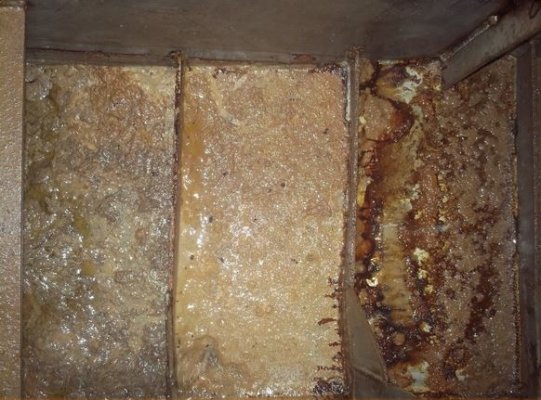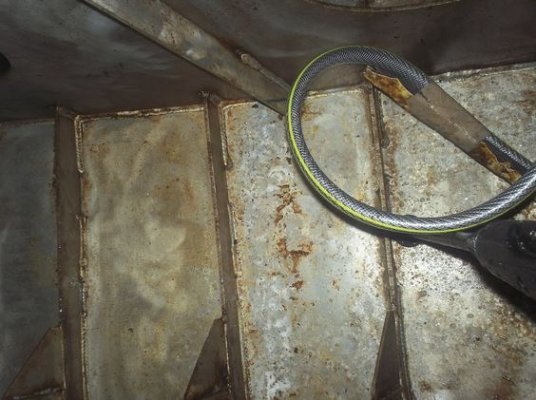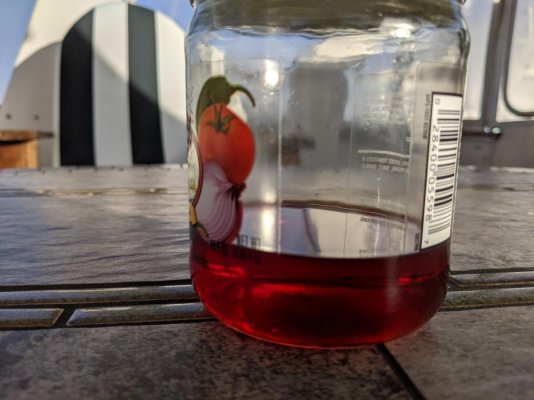Voyager3
Veteran Member
Inspection plates
Not sure if you have seen these but there are do it yourself inspection plates.
https://www.fisheriessupply.com/seabuilt-tank-access-plate-system
If anyone has installed these please comment. I am interested in putting at least one on my boat. The price varies between 160.00 and 860.00.
Not sure if you have seen these but there are do it yourself inspection plates.
https://www.fisheriessupply.com/seabuilt-tank-access-plate-system
If anyone has installed these please comment. I am interested in putting at least one on my boat. The price varies between 160.00 and 860.00.






